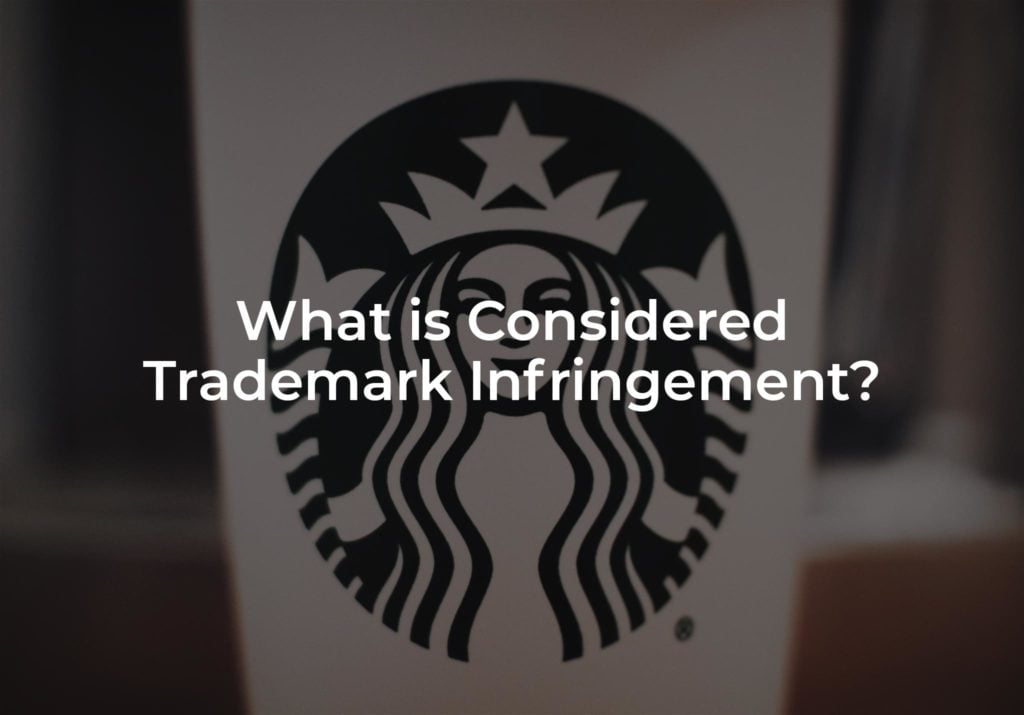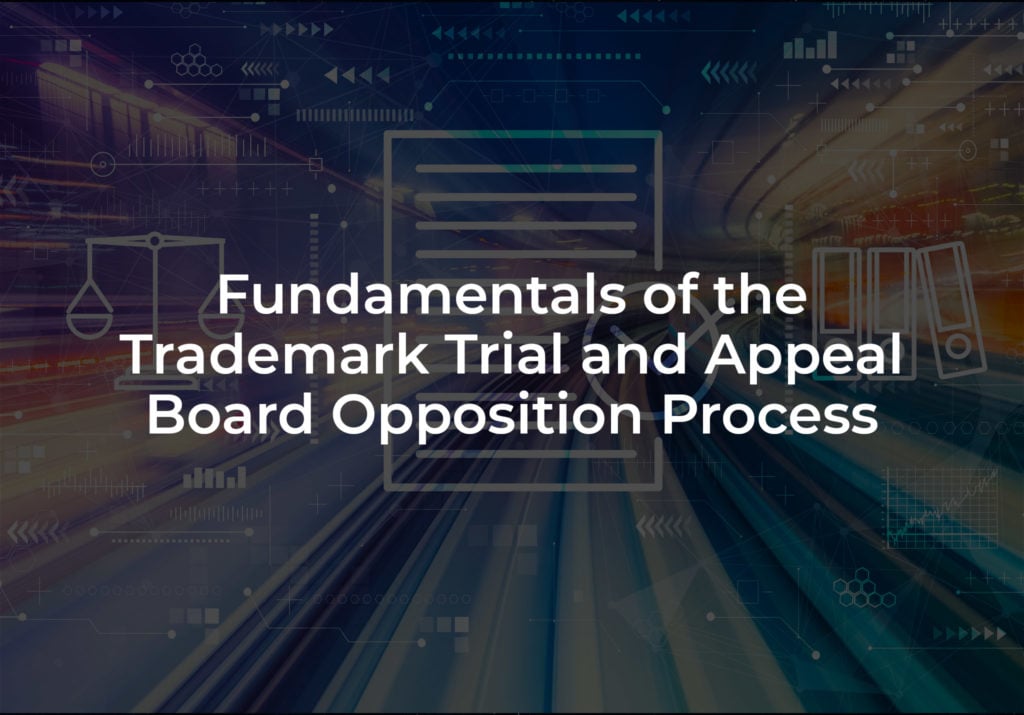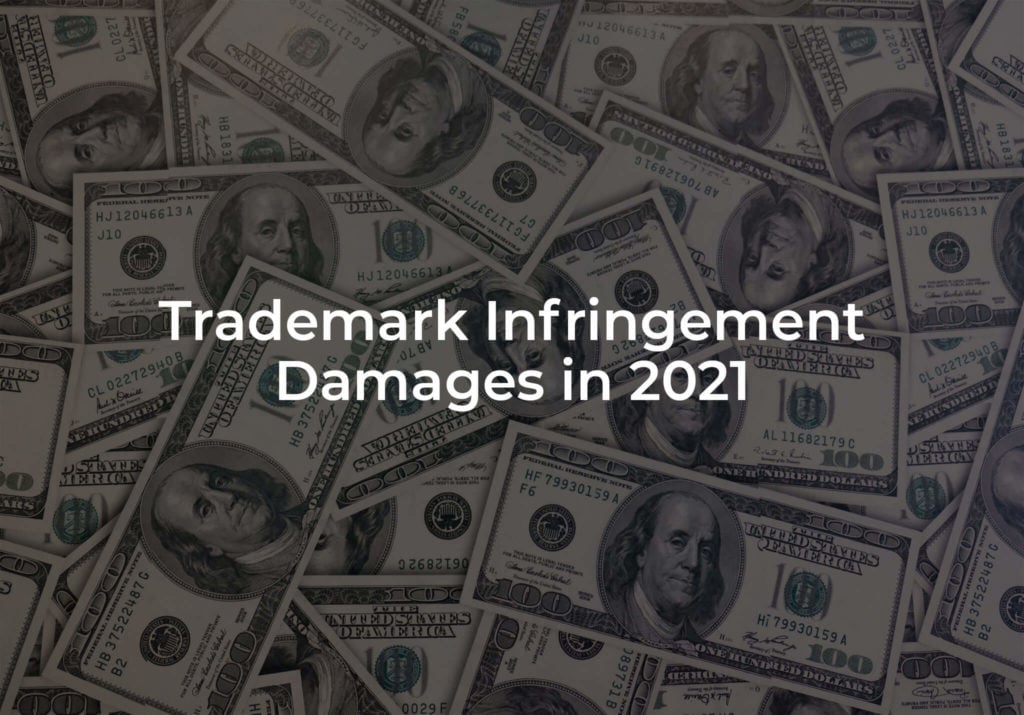To understand trademark infringement, we first must look to the definition of a trademark or service mark and understand the rights and protections associated with it. A trademark includes any word, name, phrase, symbol, sound, or design that identifies and distinguishes one company’s products or services from another’s. Trademarks are protected at both the state and federal level, and there are several types of trademark rights including: (1) common law rights arising from the use of the mark in commerce pursuant to state trademark statutes; and most commonly (2) rights arising from a federal registration at the United States Patent and Trademark Office. Trademark infringement occurs when there is a violation of a trademark owner’s exclusive right to use its trademark in connection with particular goods or services through the unauthorized use of a mark by another that is likely to cause consumer confusion.
Trademark owners must be diligent in monitoring and enforcing their trademark rights or their rights may be diminished or lost. The continuous use of the mark in commerce and diligent enforcement of rights will ensure your mark is maintained and mitigate the risk of being found on the receiving end of a trademark infringement claim in federal court or an opposition/cancellation proceeding with the Trademark Trial and Appeal Board.
At the federal level, the Lanham Act through the United States Patent and Trademark Office provides both a Principal and Supplemental register for trademarks (International Trademarks require a different approach). The initial duration of a trademark registration is five years and may be further renewed for an additional ten-year period if certain requirements are met. Trademark rights derived from common law rights are created and maintained through the bona fide use of the mark in commerce and are geographically limited.
However, registration is not a requirement for a trademark infringement claim—both registered and unregistered trademarks may be the subject of trademark infringement claims at the state and federal level. A “likelihood of confusion” is the central focus when analyzing a trademark infringement claim in which a party bringing a cause of action for trademark infringement must demonstrate:
- The trademark owner owns a valid and protectable trademark;
- The defendant is using the mark without the owner’s authorization; and
- The use of the owner’s mark is likely to cause confusion.
In order to establish a likelihood of confusion, courts will consider the following Lapp Test factors in determining whether a likelihood of confusion exists including:
- The strength of the mark;
- The similarity between the parties’ marks by comparing appearance, sound, meaning, and commercial impression;
- The similarity of the parties’ goods or services;
- The similarity of the parties’ marketing, distribution, and trade channels;
- Evidence of actual consumer confusion;
- The extent of the defendant’s wrongful intent in its use in the authorized mark; and
- The sophistication of potential consumers of the defendant’s goods or services.
In a civil case, the plaintiff bears the burden of proving a likelihood of confusion by a preponderance of evidence and must show that an ordinary prudent consumer is likely to be confused because of the defendant’s mark.
How You Can Avoid Trademark Infringement
Proactively researching and protecting your trademark rights early is the best way to avoid trademark infringement and ensure your rights for a future trademark infringement claim. Take the additional time before you decide on a business name, logo, slogan, domain name or other branding, to conduct a thorough trademark clearance search with the USPTO’s Trademark Search System and relevant state registries to ensure there are no identical or “confusingly similar” marks. Retaining an experienced attorney will help you identify any challenges to registration and help you avoid creating a likelihood of confusion with an already existing mark. Once it has been determined that your mark may be registered, file a federal trademark application with the United States Patent and Trademark Office and ensure you comply with any follow up registration maintenance formalities. For information on State vs Federal trademarks please read this article.
Trademark Infringement Examples
Trademark infringement can occur in any industry or organization and is often the result of incomplete research from the start, resulting in significant risks and expensive consequences.
These cases not only illustrate how trademark infringement can occur across a vast number of industries involving goods and services but further demonstrate how many of these outcomes could have been avoided by a more in-depth trademark research.
- T-Mobile US., Inc v. AIO Wireless LLC
- Issue: T-Mobile brought suit under the Lanham Act, alleging that AIO’s use of the same magenta color with its telecom services and products infringed on T-Mobile’s trademark rights.
- Background: AIO’s (AT&T) used the color in their marketing campaigns. T-Mobile claimed that the use of the color would confuse consumers into thinking that AIO was affiliated or associated with T-Mobile, which it was not.
- Outcome: The Court ordered an injunction against AIO to stop its further use of the color in their marketing. T-Mobile owns the right to the color magenta (Panton 676c a.k.a Pantone Process Magenta) for use in connection with wireless-telecommunications services and goods, and AIO infringed on those trademark rights when it used the color in its marketing campaigns. AIO is barred from using the color in any future or current branding or marketing campaigns, and all past marketing and ads had to be destroyed.
- Adidas America, Inc v. Forever 21 Inc
- Issue: Adidas filed a complaint against Forever 21 alleging that their use of a three-stripe pattern infringed on their well-established trademark rights.
- Background: Adidas has established their branding appearance under a three-stripe design. The “three-stripe mark” is covered by numerous valid U.S. trademark registrations. Forever 21 used a three-stripe design in multiple lines of clothing and shoes sold in their stores. Adidas claimed the use of this design was “confusingly similar” and an “imitation” of their registered trademark design.
- Outcome: The case was settled out-of-court and the terms of settlement were not disclosed publicly; however, Adidas has been involved in multiple trademark infringement suits against Forever 21, going back to 2006.
- Starbucks v. Obsidian Group, Inc
- Issue: Starbucks sued a New York coffee company alleging their use of the term “Freddoccino” constituted trademark infringement and violated the Lanham Act.
- Background: Starbucks offers a brand of blended coffee drinks named “Frappuccino.” Starbuck’s complaint states, “Obsidian’s conduct is diluting the distinctive quality of Starbucks’ famous Frappuccino mark and is likely to confuse consumers into believing that Obsidian’s products are affiliated with, or are endorsed or approved by, Starbucks, when in fact they are not.” Obsidian “Freddoccino” mark is not registered, whereas the “Frappuccino” mark has been registered.
- Outcome: There is no verdict, yet; however, New York’s Coffee Culture Café (owned by the Obsidian Group) has changed the name of their drink to “Freddo.” Despite the name change, Starbucks is still proceeding with the lawsuit based in part on the alleged past infringement.
Trademark Infringement Remedies
If you believe someone has violated your trademark, the Lanham Act provides the following remedies:
- Preliminary and/or permanent injunctive relief to any continued infringement;
- The recall, seizure, and destruction of any infringing goods that incorporate the unauthorized mark; and
- Monetary damages including an accounting of profits, damages including potential treble damages, prejudgment interest, and attorneys’ fees and costs in exceptional cases.
Trademark Trial and Appeal Board Proceedings
The Trademark Trial and Appeal Board at the United States Patent and Trademark Office offers two types of proceedings for opposing a trademark application before registration (an opposition) or canceling a registered trademark (a cancellation). Any party who believes it may be damaged by the registration of an applied-for trademark application may challenge the registration of a trademark application to prevent the registration on the Principal Register by filing a Notice of Opposition within the 30-day opposition period after the mark is published. However, opposition proceedings are not available for marks issued on the Supplemental Register.
A cancellation proceeding is very similar to an opposition but are sought to cancel an already registered trademark on the Principal Register.
Contacting a Trademark Infringement Attorney
Trademark infringement violations at both the federal and state level are serious and complex matters that may come in a variety of forms and require in-depth analysis by an experienced trademark attorney.
The Rapacke Law Group understands the challenges of establishing and growing a business while protecting its brand identity and product marketplace. We work closely with our clients on a fixed fee basis to protect your business. Our trademark attorneys are here to answer any questions and advise you on the best ways to register and enforce your trademark. Just schedule a free consultation to get started.




